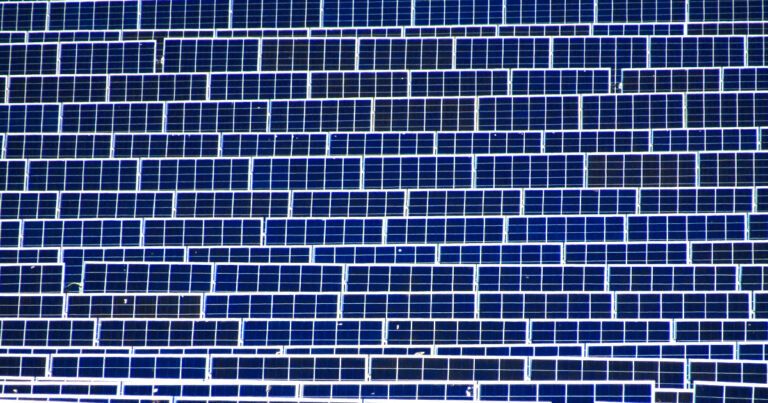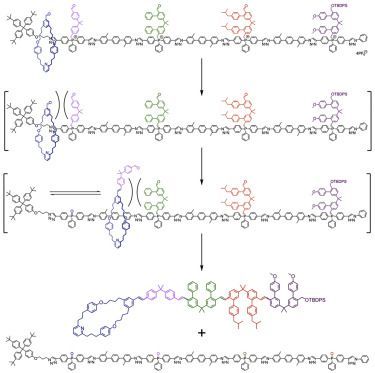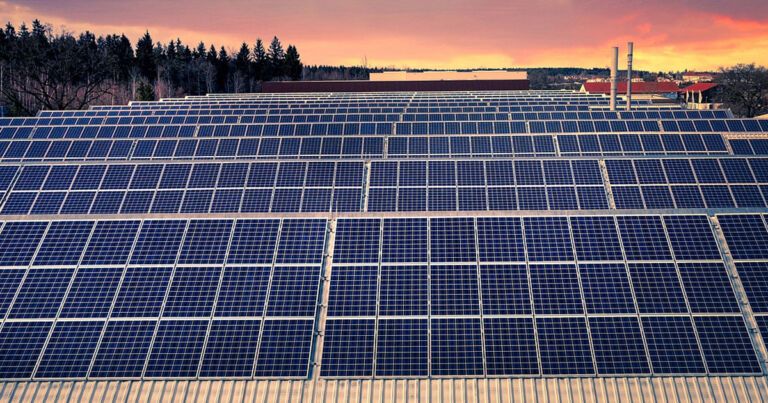Page 5874
Dec 20, 2020
Scientists looking for aliens investigate radio beam ‘from nearby star’
Posted by Quinn Sena in category: alien life
Astronomers behind the most extensive search yet for alien life are investigating an intriguing radio wave emission that appears to have come from the direction of Proxima Centauri, the nearest star to the sun.
The narrow beam of radio waves was picked up during 30 hours of observations by the Parkes telescope in Australia in April and May last year, the Guardian understands. Analysis of the beam has been under way for some time and scientists have yet to identify a terrestrial culprit such as ground-based equipment or a passing satellite.
Dec 20, 2020
It Sure Looks Like Russia Just Tested a Space Weapon
Posted by Quinn Sena in categories: military, satellites

This missile system is designed to reach up and smash enemy satellites in orbit.
Russia has carried out another test of its new PL19 Nudol anti-satellite weapon system, a ground-launched missile designed to destroy satellites stationed in low-Earth orbit in order to deny their use by Russia’s enemies.
Continue reading “It Sure Looks Like Russia Just Tested a Space Weapon” »
Dec 20, 2020
India Is Building a Green Energy “Megapark” the Size of Singapore
Posted by Saúl Morales Rodriguéz in categories: energy, sustainability
India just laid the foundations for what officials are claiming will be the world’s largest renewable energy park. The gigantic project, in the Kutch region of western Gujarat, will cover an area of 180, 000 acres — an area roughly the size of Singapore, as Agence France-Presse reports.
Once finished, the park will produce 30 gigawatts of electricity from both wind turbines and solar arrays, thereby cutting carbon dioxide emissions by up to 50 million tons per year. For perspective, the protagonists in the 1985 film “Back to the Future” needed to generate a staggering 1.21 gigawatts of power to activate their time machine — and this new facility will produce more than 24 times that figure.
“The hybrid renewable energy park will be largest in the world and generate 30, 000 megawatts of power,” prime minister Narendra Modi said during the park’s official inauguration, according to AFP.
Dec 20, 2020
The Animal With Many Brains That Makes Us Rethink Intelligence
Posted by Quinn Sena in categories: biotech/medical, neuroscience

The octopus essentially has many brains and can edit its own dna this is probably the closest invebrate as close to an alien species that we have on earth because their biology is so exotic.
Dec 20, 2020
A Track-Based Molecular Synthesizer that Builds a Single-Sequence Oligomer through Iterative Carbon-Carbon Bond Formation
Posted by Quinn Sena in categories: biotech/medical, nanotechnology
One step closer to a light into matter molecular synthesizer: 3.
Molecular machine-track conjugate 1 (Figure 1) was designed to use iterative Wittig reactions to form carbon-carbon double bonds between a macrocycle and building blocks abstracted one at a time and in sequence from a track. The Wittig reaction 24, 25, 26 was chosen as it is robust and structurally tolerant, lending itself to exploitation in a range of contexts, including dynamic DNA-template synthesis.9 Our machine is based on a rotaxane architecture, in which the macrocycle has a reactive aldehyde attachment and the axle has the building-block sequence encoded as phosphonium salts during its synthesis. The 2, 2-diphenylpropane phosphonium units act both to restrict the position of the ring on the track and, upon deprotonation, as reactive ylide functionalities. Each ylide is large enough to block the passage of the macrocycle, trapping the ring within a compartment defined by the bulky stopper at the terminus of original threading and the next ylide along the track. Once a reactive building block can be reached by the macrocycle-appended aldehyde, it can be removed from the track through a Wittig reaction that adds it to the terminus of the growing chain. Each barrier also contains an aldehyde unit, so that once the building block is added to the end of the chain, it is able to react with the next barrier on the track that the macrocycle can access, enabling the alkene-connected oligomer to grow through successive Wittig reactions.
The specific size and constitution of the 2, 2-diphenylpropane motif of the building blocks proved important for successful machine operation. Early track designs in which the ylide and aldehyde were attached to the same aromatic ring or extended conjugated system proved insufficiently reactive (see Section S7 for a brief discussion of initial designs). Embedding the phosphorus atoms within the vector of the track allowed synthetically accessible triaryl phosphines to be the basis of the track design, expediting the synthesis (see Sections S2 and S3). The phenyl substituent at each phosphorus center (e.g., 4a–4D) also proved important: when a tolyl (4-methylphenyl) linking group was investigated, it proved difficult to develop macrocycles that could both thread during the rotaxane-forming reaction and, subsequently, pass over the phosphine oxide in the track formed from the Wittig reaction.
Dec 20, 2020
Watch a swarm of drones fly through heavy forest—while staying in formation
Posted by Quinn Sena in category: drones

😃
Approach could speed up search and rescue missions and forest surveys.
Continue reading “Watch a swarm of drones fly through heavy forest—while staying in formation” »
Dec 20, 2020
Google Looks to Batteries as Replacement for Diesel Generators
Posted by Quinn Sena in categories: climatology, computing, internet, sustainability
O,.o.
Google will use large batteries to replace the diesel generators at one of its data centers in Belgium, describing the project as a first step towards using cleaner technologies to provide backup power for its millions of servers around the world.
“Our project in Belgium is a first step that we hope will lay the groundwork for a big vision: a world in which backup systems at data centers go from climate change problems to critical components in carbon-free energy systems,” said Joe Kava, Vice President for Data Centers at Google. “We’re aiming to demonstrate that a better, cleaner solution has advanced far enough to keep the internet up and running.”
Continue reading “Google Looks to Batteries as Replacement for Diesel Generators” »
Dec 20, 2020
Anticancer Effect of New Cannabinoids Derived from Tetrahydrocannabinolic Acid on PANC-1 and AsPC-1 Human Pancreas Tumor Cells
Posted by Omuterema Akhahenda in category: biotech/medical
Pancreatic cancer is one of the most dangerous forms of tumors due to its aggressive growth, early metastases, and poor response to any known therapeutic treatments. Being a fourth major cause of cancer death nowadays and with foresight to become a second cause of cancer death after lung cancer by 2030, there is an urgent need in new therapeutic strategies that might improve the disease outcome.1 Recently, a growing interest in the anticancer activity of cannabinoids has led to numerous studies that cover more and more types of cancer.2, 3 Natural and synthetic cannabinoids have shown the capability to influence proliferation, migration, and apoptosis of cancer cells by both direct and indirect activation of cannabinoid receptors CB1 and CB2. In pancreatic cancer, the amount of CB1 and CB2 receptors expression in tumor cells was shown to be significantly higher than that in normal cells, opening a path for utilizing cannabinoids’ anticancer capabilities to kill cancer cells without affecting normal pancreatic tissue.
Journal dedicated to the clinical, translational and basic science of malignancies of the pancreas and peripancreatic region.
Dec 20, 2020
Researchers Debut Whole New Type of Solar Energy Storage
Posted by Quinn Sena in categories: solar power, sustainability
Tests showed that the material was able to store energy for more than four months.
“Free” Energy
“The material functions a bit like phase change materials, which are used to supply heat in hand warmers,” Lancaster University senior lecturer John Griffin, co-author of a paper about the research published in the journal Chemistry of Materials, said in a statement.















